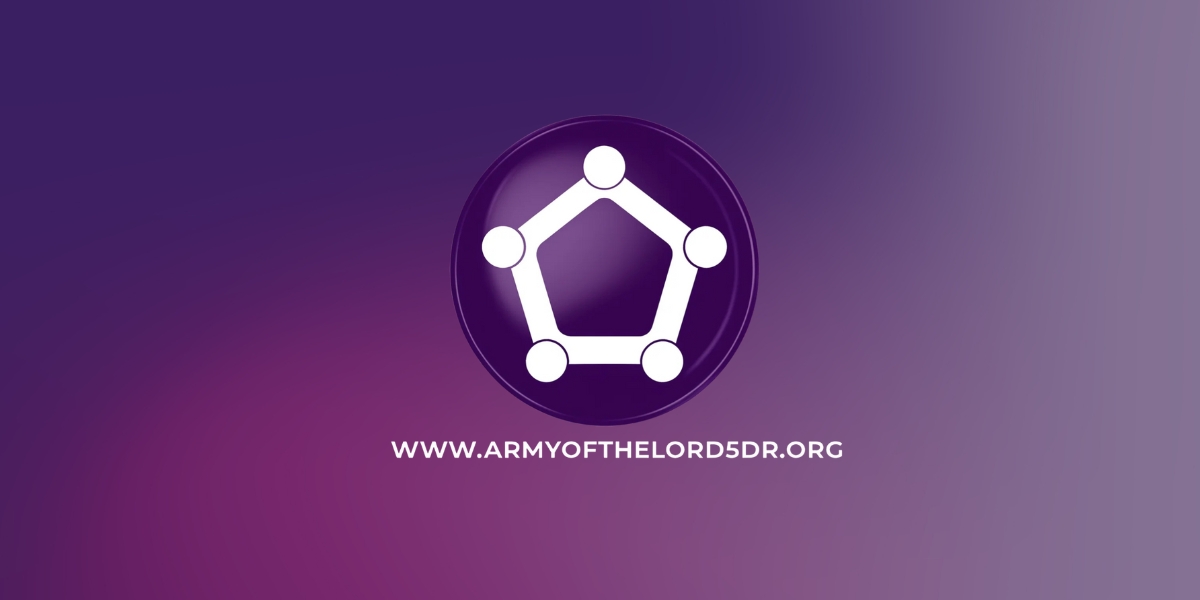Creating Mental Distance Through Storytelling
Reading offers a way to step outside immediate thoughts and feelings. For individuals experiencing symptoms of depression, this shift can be helpful. Depression often involves repetitive thinking, low motivation, and a sense of isolation. Engaging with a story, even for a short time, can interrupt these patterns.
Fiction, in particular, allows readers to follow characters through different situations. This process creates mental distance from personal worries. For example, someone reading about a character facing a challenge may begin to reflect on their own situation with less intensity. The story doesn’t need to mirror real life to be effective. Simply focusing on another person’s experience can reduce the weight of internal thoughts.
Nonfiction can also help. Biographies, travel writing, or essays offer new perspectives. These forms of reading introduce different ways of thinking, which can gently shift mood and attention. The goal isn’t to escape reality entirely, but to create space for reflection without pressure.
This effect doesn’t depend on reading speed or comprehension level. Even short passages or simple stories can provide relief. What matters is the act of engaging with something outside the self.
Supporting Routine and Structure
Depression often disrupts daily routines. Sleep patterns change, meals are skipped, and tasks feel overwhelming. Reading can support structure by offering a consistent, low-pressure activity. Setting aside time to read—even for ten minutes—can help reintroduce routine.
Some people choose to read before bed. This habit can signal the body to wind down, especially if the material is calming. Others read in the morning to ease into the day. The timing isn’t fixed. What matters is the regularity.
For those struggling to fit reading into busy schedules, a simple method known as the Time Block Technique has shown promise. It involves scheduling reading as a fixed part of the day, similar to a meeting or exercise session. This approach helps make reading a consistent habit without disrupting other responsibilities. A full explanation of this method is available in The American News article on scheduling hacks for reading.
Libraries and reading groups sometimes provide external structure. Attending a weekly book discussion or borrowing books on a schedule can create gentle accountability. These activities don’t require social performance. Participants can listen quietly or contribute when ready.
Reading also fits into varied lifestyles. It doesn’t require travel, special equipment, or large blocks of time. A person can read while waiting for an appointment or during a quiet moment at home. This flexibility makes it easier to maintain the habit, even during periods of low energy.
Over time, these small routines can support broader recovery. They help rebuild a sense of control and predictability, which often feels missing during depressive episodes.
Encouraging Emotional Processing
Depression can make emotions feel distant or overwhelming. Reading offers a way to explore feelings in a controlled setting. Stories often include characters who experience sadness, frustration, or hope. Observing these emotions from a safe distance can help readers process their own.
This doesn’t mean every book needs to be cheerful. Sometimes, reading about difficult topics can be comforting. It shows that others have faced similar struggles. For example, a memoir describing grief may help a reader feel less alone in their own sadness.
Poetry and reflective writing can also support emotional awareness. These forms often use metaphor and rhythm to express feelings that are hard to name. A person might read a line that resonates deeply, even if they don’t fully understand why. That recognition can be soothing.
Reading doesn’t replace therapy or medical support. But it can complement these approaches. It offers a quiet space to think, feel, and reflect without judgment. For some, this process helps reduce emotional numbness or confusion.
The effect isn’t immediate. Emotional processing through reading happens gradually. A person might notice small shifts in mood or clarity over time. These changes can support other steps in recovery.
Building Connection and Meaning
Depression often involves a sense of disconnection. People may feel isolated from others or unsure of their place in the world. Reading can help rebuild connection by offering shared experiences and ideas.
Books often reflect common human concerns—relationships, identity, purpose. Engaging with these themes can remind readers that they’re not alone. Even fictional characters can feel familiar. Their thoughts and actions may echo the reader’s own, creating a sense of companionship.
Reading also supports meaning-making. It introduces new ideas and perspectives, which can help people reconsider their own beliefs. For example, a book about resilience might prompt reflection on personal strengths. A story about change might encourage hope, even if subtly.
Community reading programs sometimes enhance this effect. When people read the same book and discuss it, they create shared understanding. These conversations don’t need to be deep or emotional. Even casual remarks can build connection.
Digital platforms also offer space for book-related interaction. Online forums, comment sections, and reading apps allow people to share thoughts without pressure. These spaces can be especially helpful for those who find in-person interaction difficult.
Reading doesn’t solve every problem. But it can support recovery by offering comfort, routine, emotional insight, and connection. These effects build gradually, often through small, consistent choices. For individuals experiencing symptoms of depression, reading may offer a quiet, steady way to feel more grounded and supported.
Internal Links Used
Find Time for Reading With This Simple Scheduling Hack
https://theamericannews.com/find-time-for-reading-with-this-simple-scheduling-hack/








